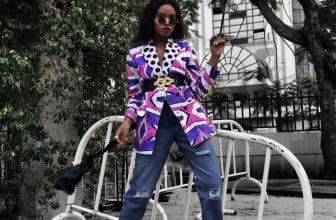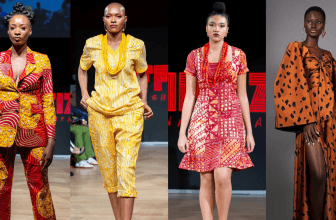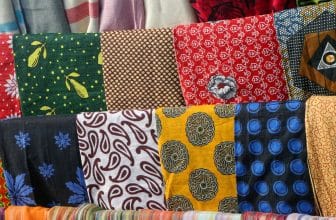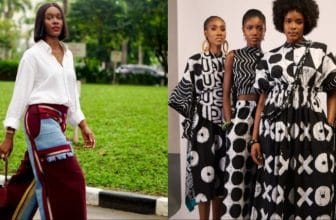How to Price Your Fabrics for Local and International Markets
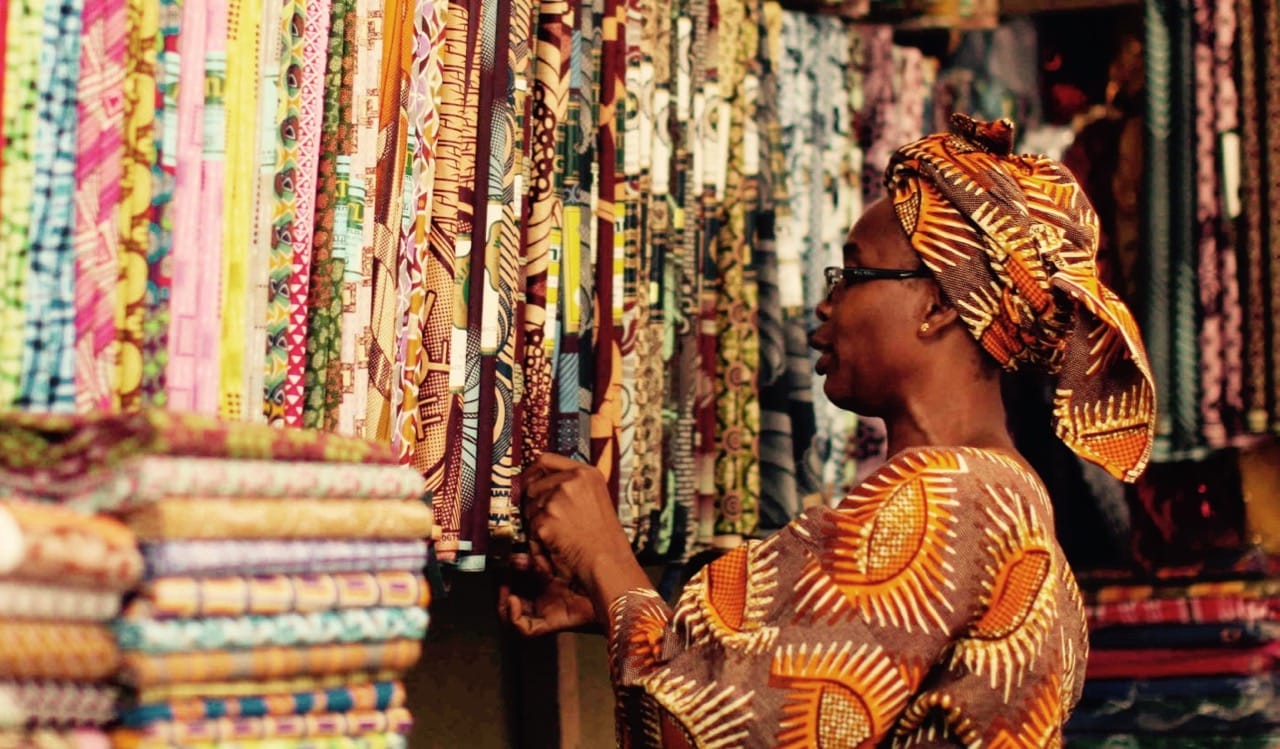
Introduction
Pricing is one of the trickiest parts of running a fabric business — especially when you’re trying to reach both local buyers and international clients.
Price too high, and you lose customers. Price too low, and you lose profit and value.
After years of studying African fabric trade, one truth stands out: smart pricing is a mix of knowledge, numbers, and story.
Here’s how to find that perfect balance so your fabrics sell confidently — in Nigeria, Ghana, London, or Los Angeles.
1. Know Your True Cost
Before setting a price, calculate your real cost per yard or meter.
Include everything:
• Fabric materials and dyes
• Labor or artisan fees
• Packaging
• Transportation
• Online listing or export fees
For exporters, also include customs, freight, and payment platform charges.
![]() Example:
Example:
If it costs ₦3,000 per yard to produce, your retail price should start around ₦4,500–₦5,000 locally to ensure sustainable profit.
2. Understand Your Market Tier
Not every buyer is the same.
Create pricing tiers for:
• Local markets: More price-sensitive, focus on affordability and bulk sales.
• Boutique buyers: Small quantities, higher margins, focus on exclusivity.
• International buyers: Expect premium pricing but demand top quality and reliability.
![]() Pro tip: Premium pricing works when your brand identity supports it — emphasize craftsmanship, sustainability, and cultural authenticity.
Pro tip: Premium pricing works when your brand identity supports it — emphasize craftsmanship, sustainability, and cultural authenticity.
3. Benchmark Against Competitors
Research what similar brands charge.
Check prices on platforms like:
• Etsy (African fabrics)
• AliExpress or Alibaba (textiles)
• Instagram boutiques
Compare your quality, style, and uniqueness — then decide if you’ll position yourself as affordable, mid-range, or luxury.
4. Factor in Currency and Exchange Rates
If you sell internationally, keep an eye on exchange rates.
Fluctuations can affect your profit if you’re not prepared.
![]() Example:
Example:
If 1 USD = ₦1,550 today and you price your yard at $8, your real value shifts as the exchange rate changes. Use payment platforms like Paystack, Wise, or Flutterwave to stabilize conversion fees.
5. Add Value Beyond the Fabric
People don’t just buy fabric — they buy meaning and experience.
Justify your pricing with:
• Eco-friendly packaging
• A story card about your artisans
• Limited-edition designs
• Consistent branding
![]() Example:
Example:
“Each Adire piece is hand-dyed in Osogbo using natural indigo — no two patterns are ever the same.”
This type of storytelling emotionally connects with global buyers and justifies higher prices.
6. Offer Wholesale and Retail Options
Have clear price points for:
• Retail (1–10 yards)
• Wholesale (10–100 yards)
• Bulk export (100+ yards)
Wholesale discounts (10–25%) encourage volume purchases while keeping your margins healthy.
7. Review Your Prices Regularly
Costs change — especially materials and shipping.
Update your prices at least every 3–6 months to reflect market shifts and maintain profitability.
Use customer feedback and sales data to see which price ranges work best.
8. Communicate Value with Confidence
When customers ask, “Why is it so expensive?” — don’t panic.
Explain what goes into your process:
“We use natural dyes and pay our artisans fairly. Our fabrics are handmade, not machine printed.”
Confidence in your pricing builds trust and respect.
Conclusion
Your fabric’s price should reflect your craft, culture, and courage — not just your cost.
By combining storytelling with smart business strategy, you’ll create pricing that attracts buyers and sustains your growth.
Remember: global success isn’t just about selling fabrics — it’s about selling authenticity at the right value.



